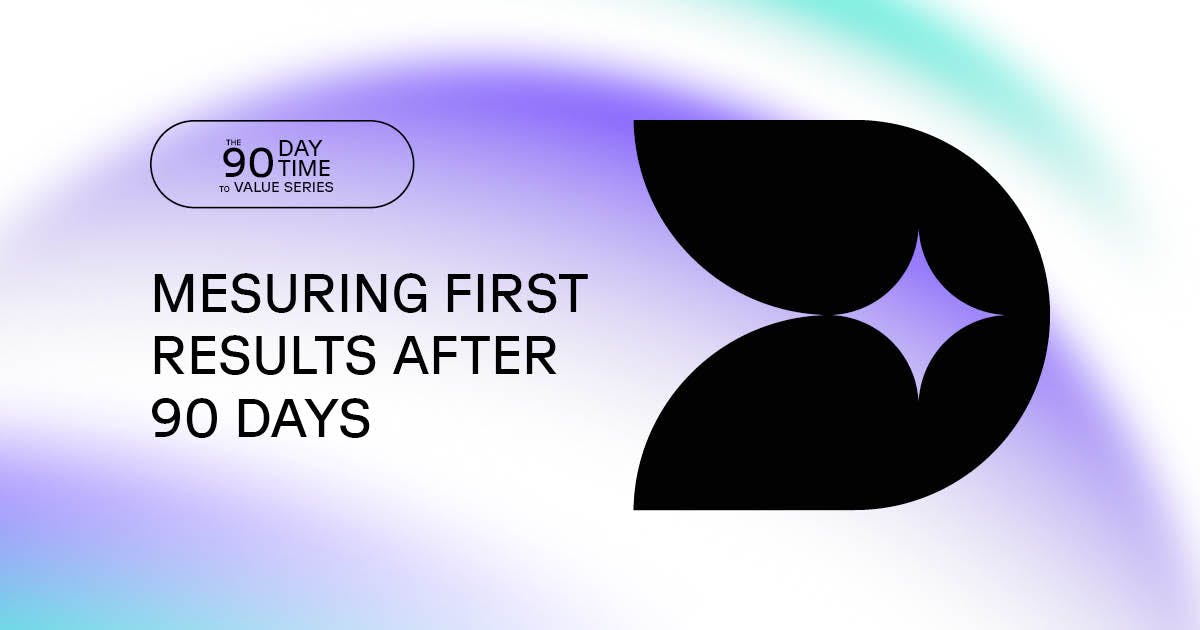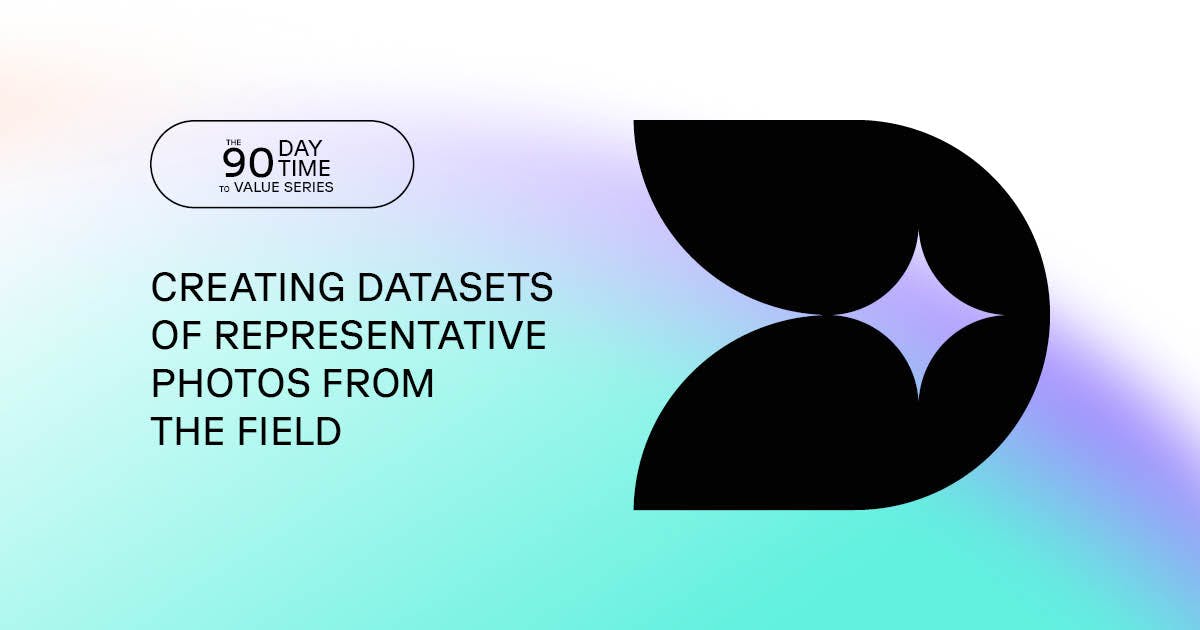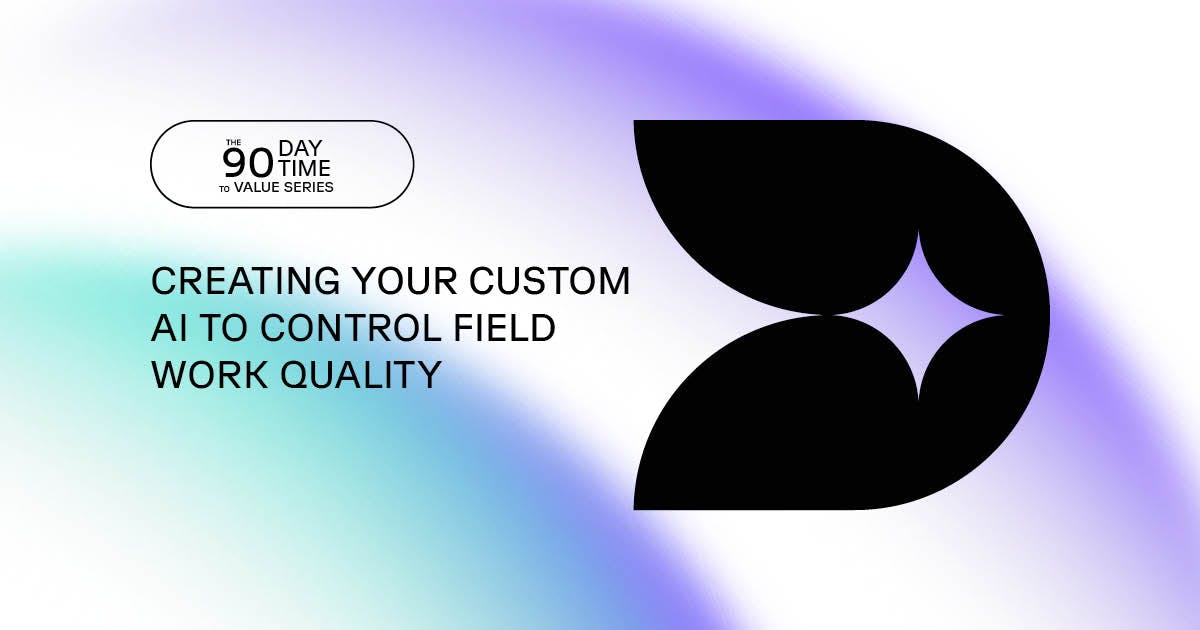After creating datasets and a custom AI to control fieldwork quality, it is time to see the benefits of this technology over your team.
Your computer vision platform has now been configured and implemented over the last 90 days after a progressive roll-out. Your field technicians are now taking photos analyzed in real-time by our AI. The challenge now is how to get the most out of the technology. In this 3rd article in our series, "Deploy a computer vision project and create value in only 90 days", learn how access to high-value field data helps improve the quality of operations.
Complete, granular visibility over the course of operations.
Through Deepomatic's Intelligence Center, back-office teams can access photos of each operation and the results of the quality control performed by our AI. This enables them to receive alerts when anomalies are detected, understand the reasons behind failures, or search for information about one or more operations. When an operation is identified as problematic, i.e., invalidated following on-site quality control, a quality or operations manager can consult the photos from the back office in real-time and manually review the situation to validate or invalidate the operation. In fact, although AI controls 100% of operations automatically, it does not eliminate the need for human control of the most problematic, high-value-added cases. This type of usage perfectly illustrates the synergy between humans and AI to achieve a high operational success rate.
As a result, operations and quality managers have centralized access to detailed data, providing them with a complete view of the workflow.
High-level data on operating performance
They also have access to field intelligence data through indicators such as :
- Photo report completeness, indicating the percentage of operations containing the required number of photos. This data allows the company to measure the solution's adoption rate and the field operatives' ability to follow a specific quality control process by documenting their work.
- Compliance of photo reports: 100% of operations are analyzed, enabling our computer vision platform to determine the compliance rate of all photo reports. This indicates to the company whether agents are progressing in capturing the required data properly.
- Task compliance, i.e., the validation rate of every task requested from agents within all operations. This enables operations managers to easily identify gestures that tend to be invalidated and cause problems.
- A mapping of the operations compliance rate to quickly identify areas where the quality of operations is not up to standard.
- Re-intervention rate on the same equipment or for the same customer to measure the degree of success of operations
What are the goals of these indicators?
These indicators give the people in charge of operations management visibility at scale and enable them to measure overall progress in the quality of interventions in the field. They can also rapidly identify new behaviors in the field to lead the way to better practices. Thus, computer vision systems provides a new type of field data, which companies didn't have access to in the past, to improve operations management. It is proving to be a knowledge catalyst, enabling informed decision-making and continuous performance improvement in the field. Analyzing operational indicators can encourage operations managers to communicate more effectively with their field teams and set up training programs to improve operations and increase their First Time Right rate. Hence, using this data becomes part of a continuous improvement cycle.
Some of Deepomatic's customers have achieved value very quickly following the implementation of our computer vision platform. Unit-T, Belgium's leading field service provider, saw an improvement in the compliance rate of its smart metering installations of almost 20% in only two months. These quality benefits have also led to a zero re-intervention rate, demonstrating the positive impact of AI in operational processes.
Let's summarize all the stages: in 30 days, your mobile quality control interface for field workers is configured, and your teams (including those in the back office) are progressively trained to use the entire platform while becoming aware of its objectives. After 60 days, agents can document their work in accordance with established standards, and the AI is deployed to perform quality control on operations within a defined perimeter. After 90 days, the teams in charge of field operations can measure the initial impact of computer vision on the quality of their operations and take appropriate measures to improve operational performance.
In our next article, we'll explore the subject of IT integration of computer vision to automate quality control in field operations.



